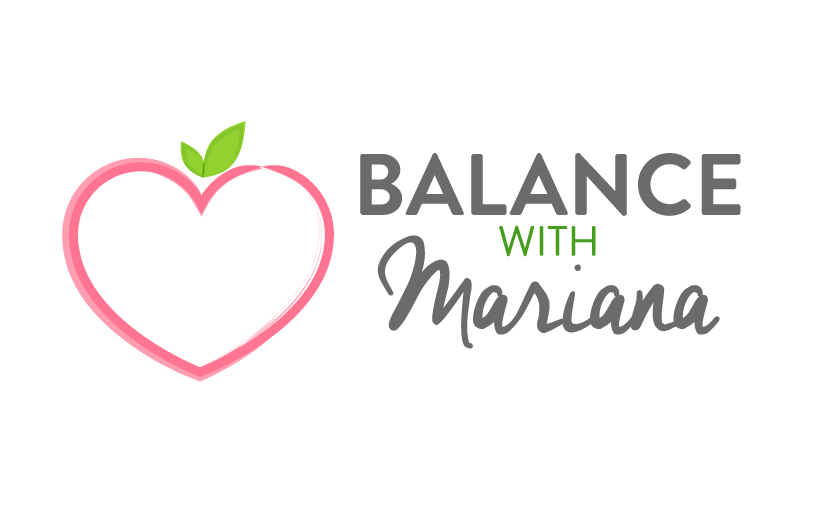Making sure to eat in a way that supports your gut and optimal digestion is key for both long-term health and sustainable weight loss. A few of the things that help to keep a healthy gut include eating lots of prebiotic- and probiotic-rich foods; cutting out refined starches, excess sugar, and processed foods; as well as proper food combining.
Food combining emphasizes the importance of eating certain foods simultaneously for efficient, optimal digestion and avoiding certain foods that, when paired together, are difficult for our bodies to properly process.
Improper food combinations can leave undigested food in the digestive track, creating symptoms such as bloating, gas, fatigue, and ultimately leading to a buildup of toxicity.
Paying attention to food combining is extremely helpful for staying healthy, feeling vibrant, and losing weight. Here's my simplified list of the food combining "rules”:
1. Eat fruit on its own.
And in between meals (except lemon/limes and very low-glycemic sour fruits, which can be eaten with other food).
2. Pair fats only with nonstarchy vegetables.
Fats like avocados, olives, seeds, and nuts are good options. Small amounts of unrefined virgin oils can be paired with everything.
3. Avoid eating more than one protein at a time.
No steak and eggs, no beans and chicken, no surf and turf.
4. Avoid combining starch and proteins.
No rice with chicken, no quinoa with fish, no pasta with meat or dairy.
Note: Beans and legumes are inherently a combination of protein and starch so are often difficult to digest. They are best eaten in small amounts, after proper soaking, and paired only with nonstarchy vegetables.
If you’re thinking this is way too hard (as was my reaction), don’t fret! Stress will worsen your digestion. Instead, follow my simplified approach:
How do I plan a meal?
For each meal, choose one main ingredient.
Either a protein or a starch — this can include starchy veggies like sweet potatoes; squash; grains like oats, quinoa, brown rice, beans, and lentils; or animal protein, including dairy — and combine this with as many nonstarchy veggies as you’d like.
Then add small amounts of neutral items like lemon/lime, cold-pressed virgin oils, and nondairy milks.
And if you want to add any other ingredient apart from the veggies and neutral foods, keep it to less than 10 percent of your meal. (This little exception can keep you sane!)
Essentially, keep your meals simple.
What about fruit?
Eat alone and in between meals (adding 1 tablespoon of nut butter is okay), 30 minutes before a meal, or blended in a green juice/smoothie.
What are considered non-starchy veggies?
ALL vegetables except potatoes, butternut and acorn squashes, artichokes, chestnuts, peas, and corn.
Worried you’ll be hungry without the carbs (if you’re having protein) or without added protein (if you’re having starch)? Then add more fiber-rich veggies!
And if doing starch, go for a high-protein, gluten-free grain (like quinoa and brown rice) and use protein-rich veggies such as broccoli and kale.
Filling up on veggies and adding healthy fats (cold-pressed virgin oils) can really do the trick to keep you satiated, your metabolism on high gear, and your digestion at its best.
Try applying this basic food-pairing principle and you will quickly see a huge difference with your bloated belly, afternoon slump, and overall weight-loss efforts.
Note: Originally written for MINDBODYGREEN


